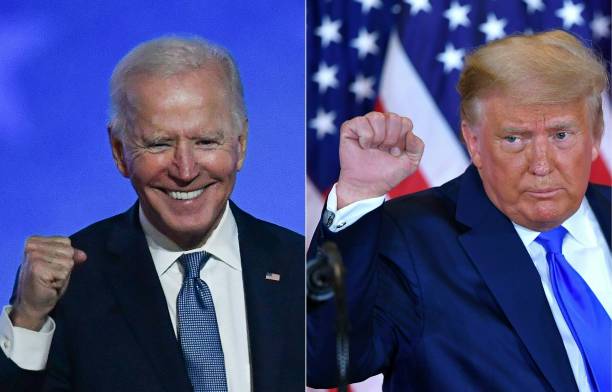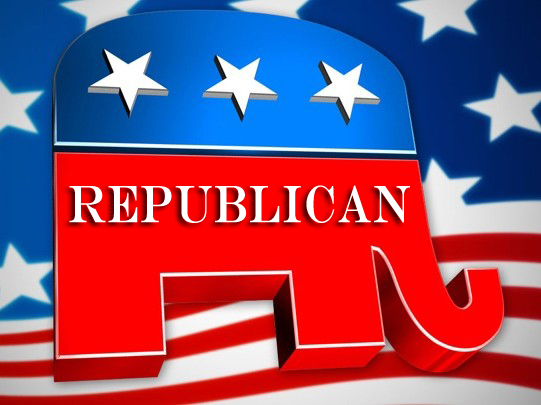(ThyBlackMan.com) A startling development has emerged from the shadows of political analysis. Recent Times/Siena polls have unveiled a surprising and perhaps unsettling trend: the narrowing gap between President Biden and Donald Trump among young voters, a demographic traditionally tethered to the Democratic camp. This trend not only casts a shadow of doubt over Biden’s reelection prospects in 2024, but also signals a possible seismic shift in the political landscape.

For decades, young voters have been a reliable bastion for the Democrats, often delivering them decisive margins. The current data, however, paints a different picture, indicating a growing disenchantment with the Biden administration among these voters.
This trend is particularly perplexing, and while skepticism toward polls is understandable, the consistency of this pattern in various surveys cannot be easily dismissed.
Polls, although not foolproof, are a barometer of public sentiment. When multiple polls converge on a similar trend, it suggests a reality that demands attention. This isn’t a case of isolated data but a chorus of statistical voices pointing toward a realignment of young voters’ political inclinations.
The crux of the matter lies in deciphering what is driving this unexpected shift. President Biden, despite his victory in 2020, has struggled to kindle the same level of enthusiasm among young voters. Issues such as his age and approach to certain policy areas, including foreign policy, have not resonated positively with this demographic.
Moreover, Trump’s surprising gains among nonwhite voters, who constitute a significant portion of the youth vote, have further complicated the narrative.
This drift among young voters is not merely a reflection of transient political moods, but indicates deeper undercurrents reshaping the political landscape. It’s a scenario that transcends the traditional dichotomy of party loyalty; it’s about a generation of voters wrestling with complex issues, seeking solutions that neither of the major political candidates fully provide. Such a scenario is inherently volatile, with the potential for dramatic shifts as the election campaign intensifies.
A crucial aspect to consider in this dynamic is the potential for low youth voter turnout. The consequences for Biden could be far-reaching if the young voters are indifferent or uncommitted to the election. The Times/Siena polling data shows that Biden’s position improves among young voters who are more likely to vote and weakens among those less likely to vote.
Opinion polls, although far from very precise predictions about the final election, should not be ignored. These insights are important for both political campaigns because they provide a critical understanding of the underlying political condition and the opinion of the people. These signals might be the stimulus that the Biden administration needs to readjust their approach applied in the 2024 election.
As the elections approach, the political scene will keep on changing and become influenced by other factors, including possible legal processes against Trump. They offer critical insights into the current state of political affairs and voter sentiments—insights that are invaluable for both political campaigns.
For political strategists and voters, those trends are more than just statistical data; they represent the shifting preferences of a pivotal voting bloc that could shape the 2024 presidential race.
For President Biden and the Democratic Party, the future trends of young voters will be difficult to handle. These shifts will be crucial in shaping understanding and responses as the 2024 election looms. The political environment is changing, and the decisions young voters take in the next several months will determine the direction of American politics. The Democratic party, traditionally reliant on the youth vote, now faces the task of re-engaging this critical demographic, a task that will require introspection, adaptation, and perhaps a redefinition of their political message.
Written by Armstrong Williams
Official website; http://twitter.com/Arightside
















In a few short years I will be one century old and this is what I have observed about the politics of whites and blacks in America. White supremacy, and white privilege prevailed supremely in the United States of America. There was a time when blacks were driven completely out of the American political, economic, and social systems.All blacks were outlaws because we were denied our rights under the U.S. Constitution.The law did not serve us or protect us. We were killed at the discretion of any and all white people no matter what the age. We were segregated, and traumatized with fear and as such developed our own code of ethics in a segregated black society of our own making. We were separate and certainly unequal.Members of both the republican party and the democratic party are attempting to force blacks back into the position of disrespected non-citizens.Blacks must use their votes to insure that Trump and DeSantis and the republican party altogether don’t have their way in destroying blacks in America.Young blacks will not be spared by racial hatred in America. Young contemporary African American are as naive about their plotted destruction as sheep waiting for slaughter.The lesser of the two evils, republican party and the democratic party, is the democratic party who at least make a half-hearted effort to defend the legal rights of African American citizens.